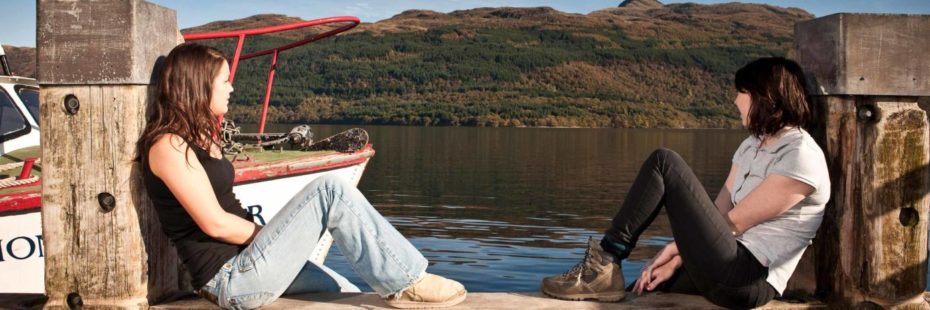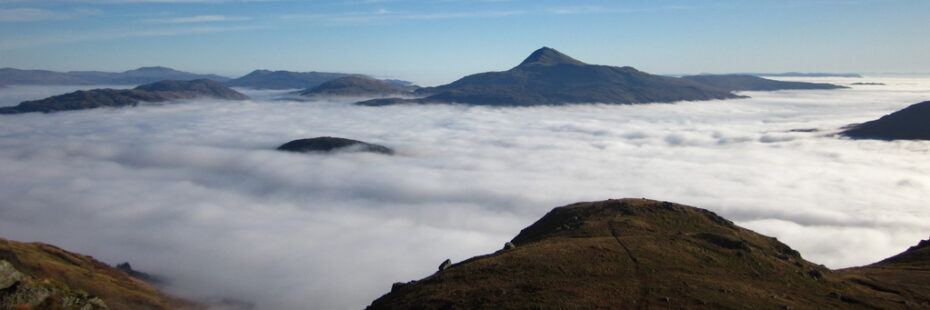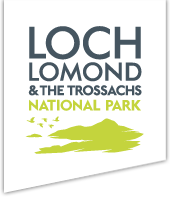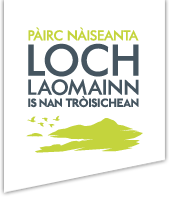
Tarbet
Tarbet is a small village situated on the west shores of Loch Lomond, at the junction of the A82 and A83. This small neck of land separates Loch Lomond from the sea and Loch Long.

Exploring the Loch by boat
Tarbet Pier site regeneration
Major improvement works at this popular visitor site have neared completion.
The car park, motorhome waste disposal point, and overnight motorhome parking spaces are now open to visitors. The toilets, café and pier are also open, as they have been during the majority of the work.
The New Year will see the completion of:
- Additional bins
- Hot Coal Bins
- Bike Repair station
- Electric Vehicle Charging points.
For more information on the regeneration work that is being done, please follow the link to the FAQ page
Viking Raids
This valley that connects the two lochs is fairly low lying and was long used as a portage route for boats. In 1263, Viking raiders following the Norwegian King Haco pulled their boats out at Arrochar and across the isthmus to Loch Lomond, from where they sailed south to plunder the settlements around Loch Lomond. After burning and raiding the islands of Loch Lomond they sailed south down the River Leven to the Clyde.
Explore the loch by boat
The pier at Tarbet provides a perfect boarding point to loch cruises and waterbus services, the former having been plying Loch Lomond since Victorian times. Cruises take visitors north to explore the quieter stretches of the loch and south to explore the lochs’ islands. Waterbus services link Tarbet to Inversnaid and Rowardennan on the eastern shores, providing access to climbing Ben Lomond, walking sections of the West Highland Way, visiting RSPB Inversnaid and more.

Ben Lomond
West Highland Line
The village is also served by the West Highland Line, (the Arrochar & Tarbet station) linking Glasgow and Mallaig, which is consistently voted one of the most scenic train journeys in the world. From the railway station it’s about a 10 minute walk to the loch.
Walking
Walkers coming to Tarbet can link up with Cowal Way and Three Lochs Way and walk north up to Inveruglas and connect back by an afternoon waterbus service via Inversnaid. Cyclists can pedal south along the West Loch Lomond Cycle Path from Tarbet to Luss and back on a traffic-free path.
Did you know?
The name of the village comes from the Gaelic for ‘isthmus’, which is a small strip of land separating two larger pieces.
Find out more…
- If you wish to find out more about the local Tarbet community and the work they do
- Access the Community Action Plan to find information on what it is like to live in Tarbet and the surrounding area, the aspirations and priorities for the future of the local community and how they will be achieved.
- Visit our camping pages on Loch Lomond, Loch Long and the surrounding area.
- Download a copy of our NatureScot Landscape Assessment to learn more about the landscape of the village.

